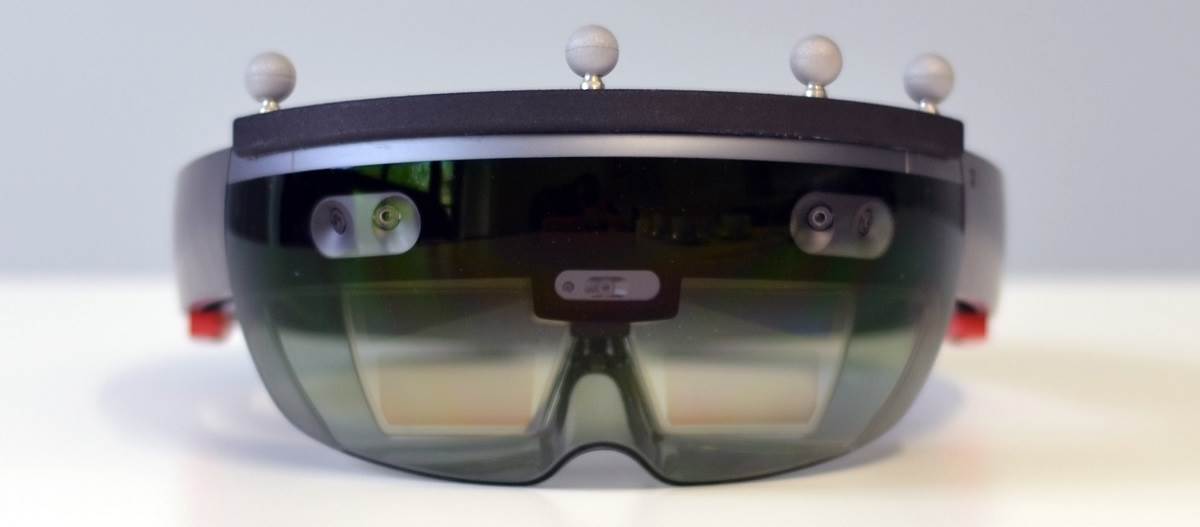[embedded content]
While Microsoft has not released a more affordable HoloLens yet, there are many fields where its $5000 cost for commercial applications would make it the cheapest equipment in the room.
One such application is spinal surgery, and today Scopis, a company specialising in surgical navigation and medical augmented and mixed reality technologies, announced the launch of its newest development, the Holographic Navigation Platform for use in surgery.
The system offers greater precision and speed to surgeons and better outcomes to patients undergoing open and minimally-invasive spinal procedures by letting surgeons, for example, plan the positioning and alignment of pedicle screws during multiple vertebrae fixation surgeries, and cuts down on the radiation exposure of patients by reducing the need for intra-operative X-rays.
While ideal for spinal surgery, the solution can also be applied in the many other areas where the highest levels of precision and speed are critical. In neurosurgery, for example, brain tumours could be located faster and with higher accuracy.
To use the Scopis Holographic Navigation Platform during such an operation, the surgeon wears Microsoft HoloLens glasses, which communicate wirelessly with the Scopis system. The planned positioning of the pedicle screws is projected onto the surgeon’s field of view and overlaid exactly onto the patient, creating the mixed reality experience. This allows the surgeon to find the screws’ planned positions faster and to align surgical instruments interactively with the holographic visualisation.

Scopis’ technology improves the accuracy of mixed reality overlay using additional 3-D position tracking. The Scopis holographic platform revolutionises surgical workflows by enabling surgeons to use gestures to place virtual monitors into their visual field near the patient, so their eyes remain on the operative field.
“Scopis’ holographic solution has the potential to make spine surgery more effective, safe, and precise,” said Professor Christian Woiciechowsky, Chief of the Spinal Surgery Clinic at Vivantes Humboldt Hospital in Berlin. “Integrating mixed-reality tools into surgery is a huge technological advancement toward enhancing a surgeon’s vision and may provide greater benefits to patients.”
While we have seen experimental and small scale medical use of the Microsoft HoloLens, Scopis is one of the top vendors and innovators for surgical navigation systems, making this a major win for Microsoft’s Mixed Reality system, which will hopefully inspire other companies in the field to follow suit and standardize on Microsoft’s relatively open solution.
Find out more about the Scopis Holographic Navigation Platform at Scopis -.







